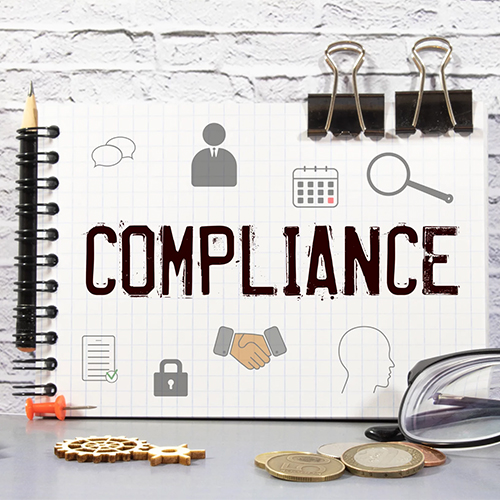In today's financial landscape, banks face increasing compliance costs and complexity due to evolving regulations. This blog discusses strategies to build expert teams for effective compliance and risk management. Key areas include defining compliance objectives, identifying roles, recruiting talent, investing in training, documenting policies, leveraging technology, and conducting regular audits for continuous improvement.
In today’s rapidly evolving financial landscape and increasing regulatory requirements, banks and financial institutions face a significant challenge: managing complexity and spiraling costs of compliance.
To overcome these challenges, financial institutions require a strategic approach to build and maintain expert teams.
The article discusses the escalating cost of compliance for financial institutions in recent years and strategies to build expert teams to navigate compliance challenges and better risk management.
The Rising Cost of Compliance in the Financial Sector
The financial sector is witnessing a surge in compliance costs, attributed to several factors, including:
- Implementation of new regulations
- Technological advancements
- The increasing sophistication of financial crimes
According to a report by LexisNexis Risk Solutions, the global cost of financial crime compliance across all financial institutions reached $213.9 billion in 2021, marking a significant increase from previous years.
In the U.S., the cost of compliance for financial institutions was particularly high. The same report indicated that U.S. financial institutions incurred an average annual cost of $42 billion for compliance.
When it comes to small and medium-sized financial institutions, a study by the Federal Reserve found that they spend approximately 24% more on compliance per employee than larger banks.
The cost of non-compliance is also significant. In 2020, global regulatory fines for non-compliance with AML, KYC, and sanctions regulations totaled over $10.6 billion.
Steps to Build an Expert Compliance Team
Building expert compliance teams is a strategic task for any financial institution, such as banks or PSPs, facing the intricate tapestry of modern financial regulations. Below we have explained the steps to create a robust and effective compliance team.
Step 1: Define Compliance Objectives
Financial institutions need to assess their regulatory needs and understand the specific regulatory requirements relevant to their organization or line of business in both local and international jurisdictions.
They also need to ensure that the compliance objective aligns with and supports the organization’s broader business interests and values.
They must also develop and define clear and quantifiable goals for the compliance team, such as:
- Reducing non-compliance-related incidents
- Improving audit results
Step 2: Identify Key Roles
Identifying and defining key roles within the compliance team is a crucial step. It involves creating a role matrix where the institution defines key roles within the compliance team, including responsibilities and required skills.
Financial institutions need to invest in hiring professionals with specialized skills and expertise. Some of the essential roles include:
- Chief Compliance Officer (CCO) to oversee compliance activities.
- Legal and Regulatory Compliance Analysts who are well-versed in legal aspects of compliance and can monitor, report, and analyze compliance data.
- Risk Management Specialists to identify and mitigate financial risks before they lead to compliance issues.
- Internal Auditor to assess and improve internal controls and processes for compliance.
- Training Specialists to educate employees on regulatory compliance and legal obligations.
- IT Professionals for implementing and managing technological solutions.
Step 3: Recruit and Onboard
After identifying the compliance objectives and roles, the next step is to seek suitable candidates by utilizing various talent acquisition channels, such as professional networks, industry conferences, and recruitment agencies.
Make sure candidates have the necessary technical skills and expertise in relevant compliance regulations with strong analytical and communication skills. Also, look for their attention to detail and attitude to fit well with the company’s culture.
Post-hiring, introduce new hires to company policies, team dynamics, and compliance objectives and pair them with experienced mentors for faster guidance and smoother integration into the system.
Step 4: Invest in Compliance Training and Awareness Program
Banks and financial institutions need to focus on their compliance training and awareness programs. They can conduct regular training sessions to update and train the team on regulatory changes and best practices.
Leverage digital learning and knowledge management solutions, such as Fluent, to customize the learning paths and tailor training programs to specific roles within the team for more effective learning while reducing training costs.
The digital learning approach can help financial institutions boost their workforce training program and support outcome-based learning to help employees acquire skills relevant to the current compliance landscape and emphasize demonstrative capabilities rather than curriculum.
Step 5: Document the Policies Clearly
One of the best practices for compliance is to document and create clear and comprehensive policies that cover all aspects of compliance and regulatory requirements. This should also include:
- Code of conduct
- Standard reporting procedures
- Compliance training
- Risk assessment
Ensure that the policies are easily accessible and do not use any jargon to make them understandable to all employees.
Based on the changes in the regulatory environment, regularly revise and update the policies, covering how they affect business operations.
Step 6: Invest in Technology
Meeting compliance is a complex process that involves substantial costs and efforts. By investing in technology solutions, specifically Regulatory Technology (RegTech) for compliance, banks and financial institutions can support and streamline their regulatory needs.
It can help them automate compliance processes such as:
- Transaction monitoring
- Regulatory reporting
- Risk management
- Cybersecurity and fraud prevention
- Enhance traditional financial systems and legacy technology
As per Thomson Reuter’s Cost of Compliance Report 2021, 34% of businesses say that RegTech solutions are influencing the management of compliance.
Step 7: Regular Audits and Continuous Improvement
Regular audits are crucial for assessing the effectiveness of compliance policies, internal controls, and procedures. The outcome of audits can be used along with employee feedback to improve and strengthen compliance processes and controls continuously
To stay ahead in this competitive environment, institutions need to be proactive and ready to adapt and adapt their policies and processes as regulatory and business environments evolve.
Conclusion
The financial sector is at a crossroads where managing compliance costs and building expert teams have become more critical than ever. To navigate this landscape, institutions must prioritize investments in technology, skilled personnel, and innovative compliance strategies.
Anaptyss as a strategic partner is providing the necessary support and 8+ decades of combined expertise to help financial institutions adapt to these challenges and ensure compliance while delivering excellent customer service.
To learn more about how Anaptyss can assist your financial institution in this ever-evolving regulatory environment,
reach out to us at info@anaptyss.com

















